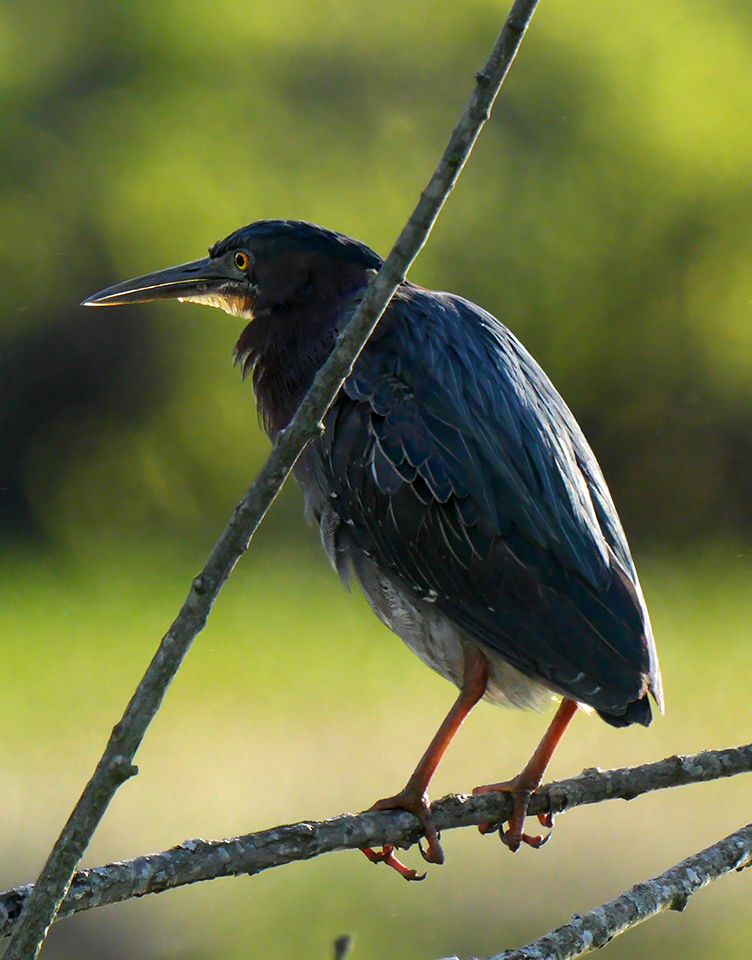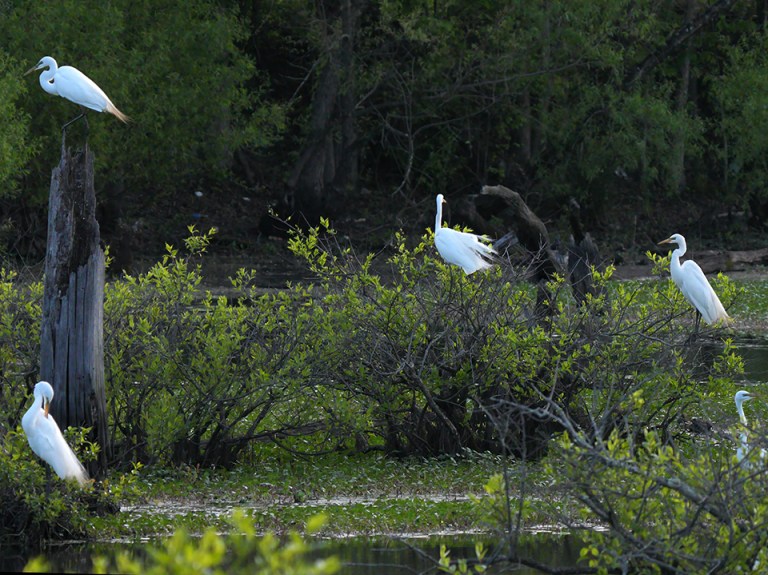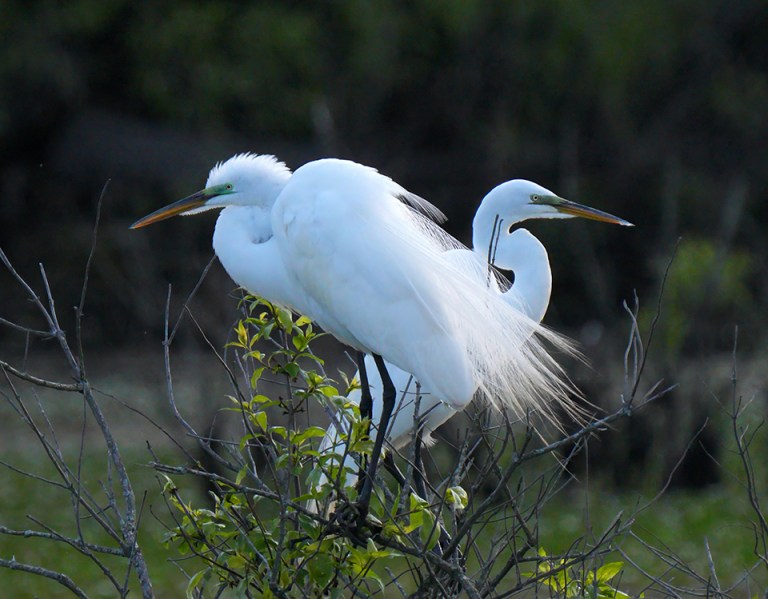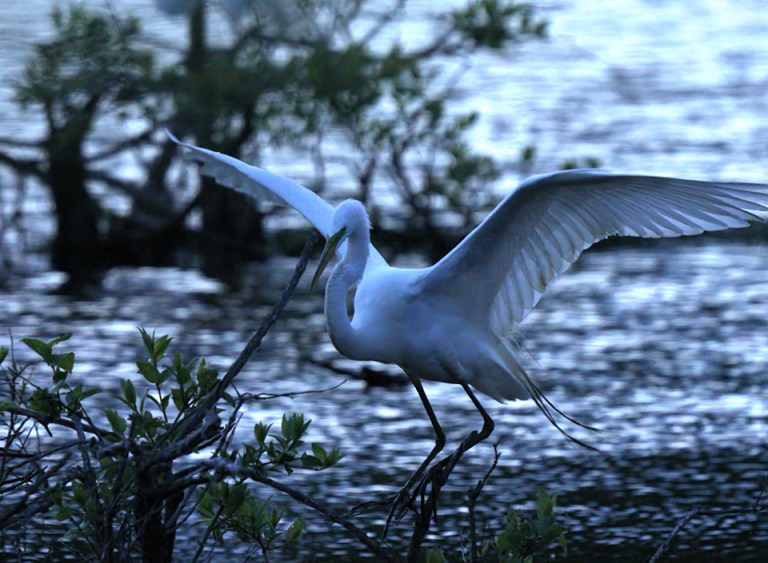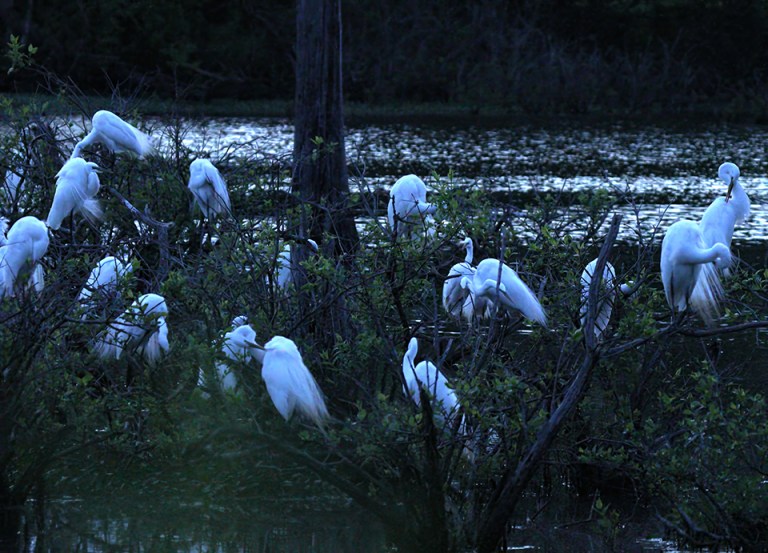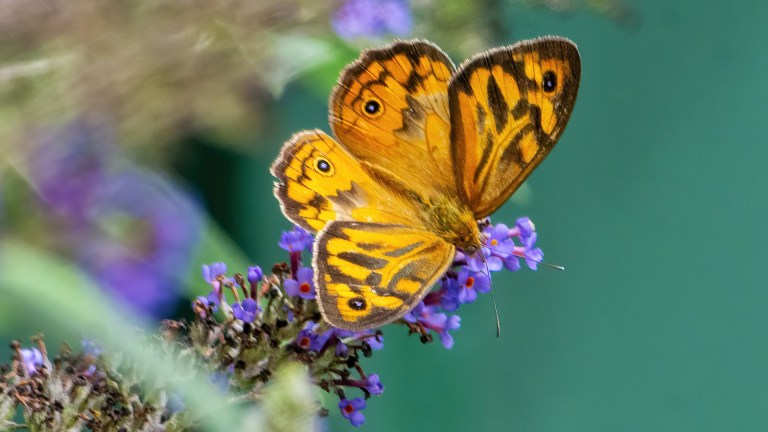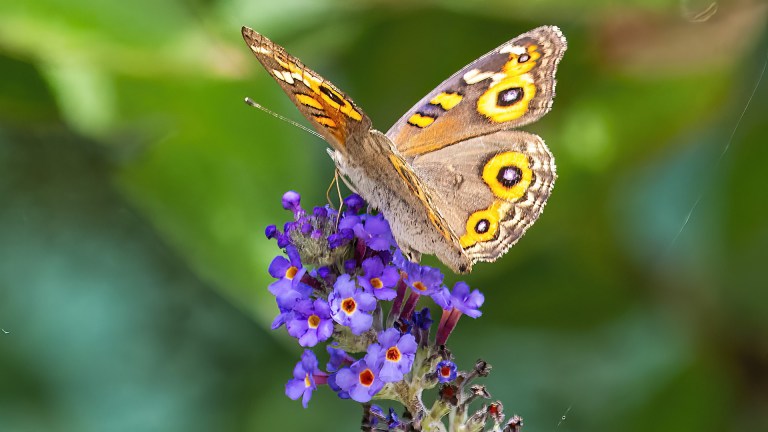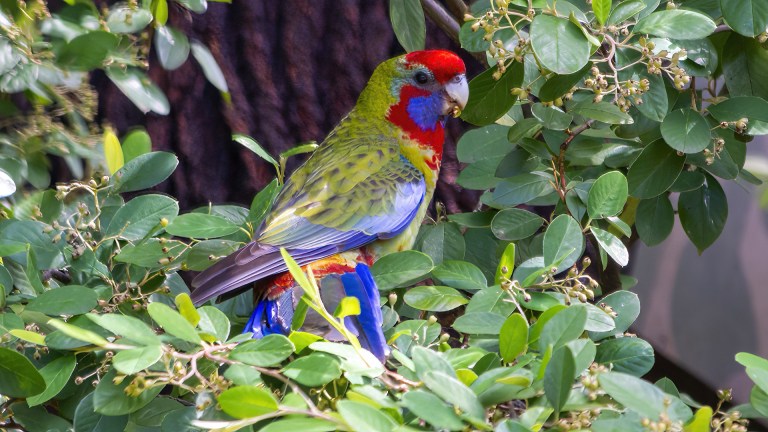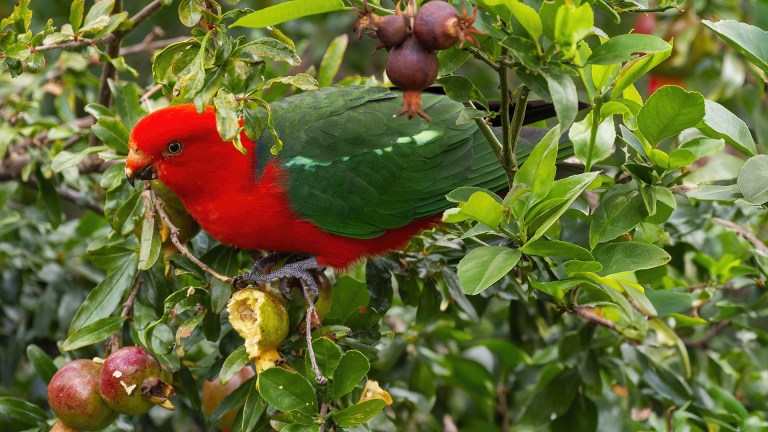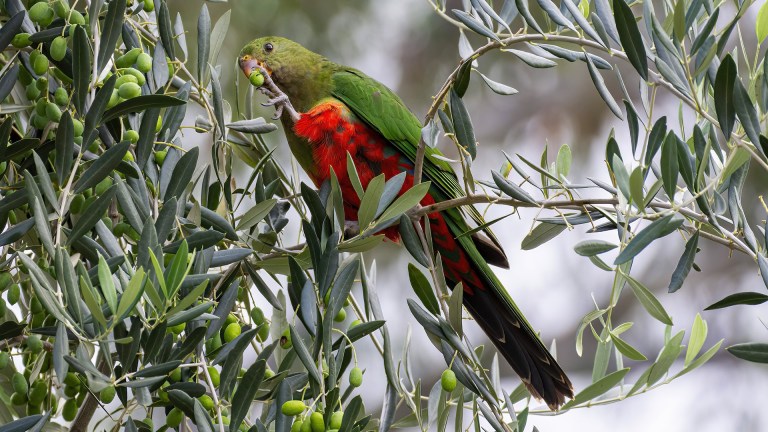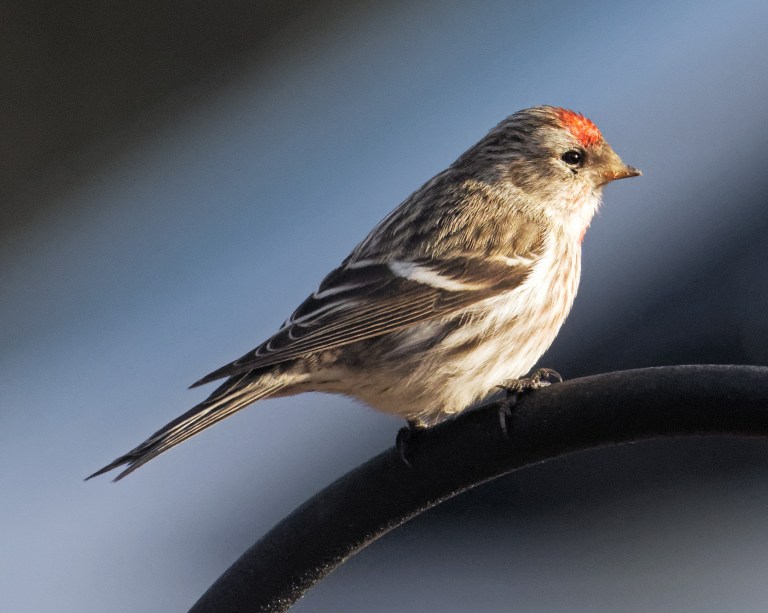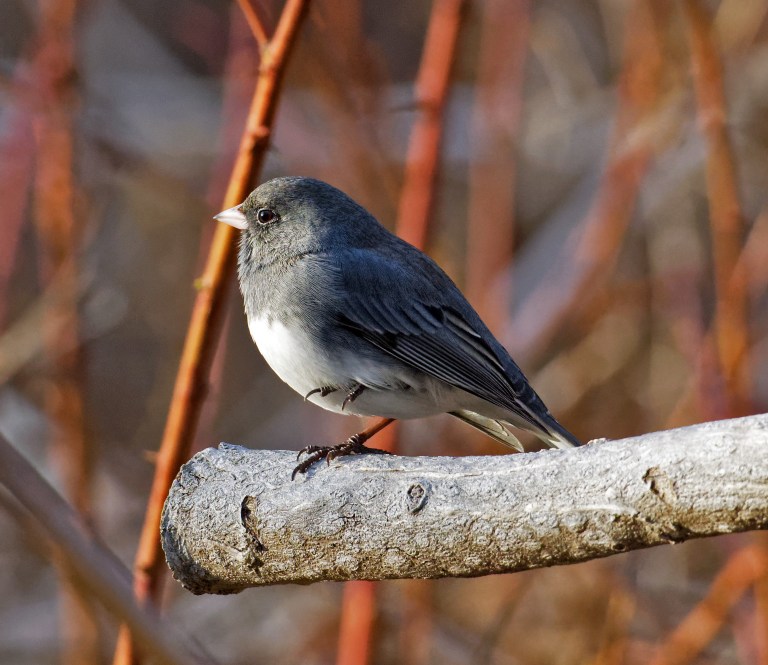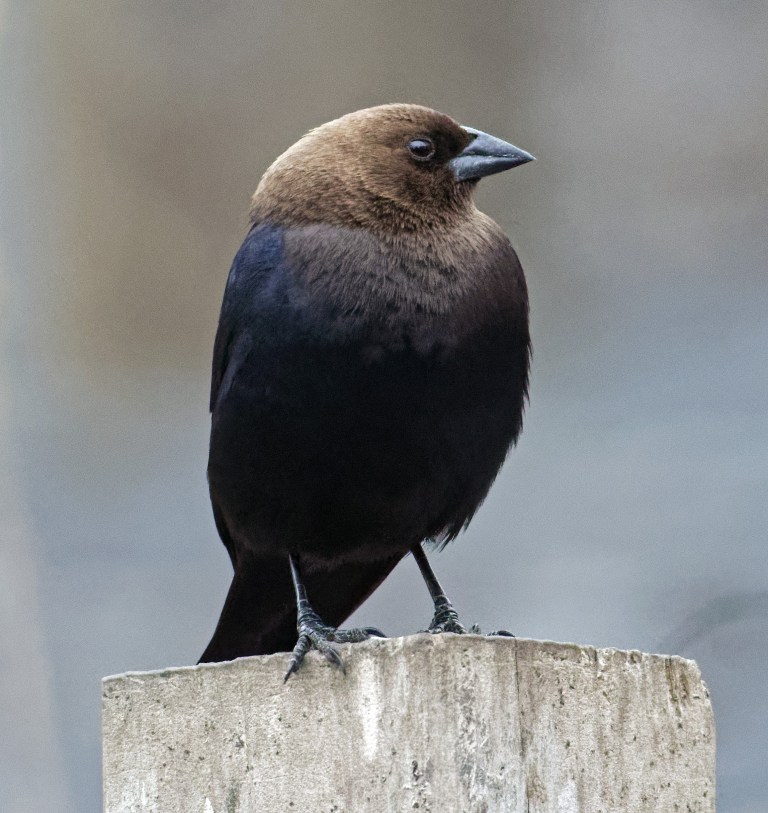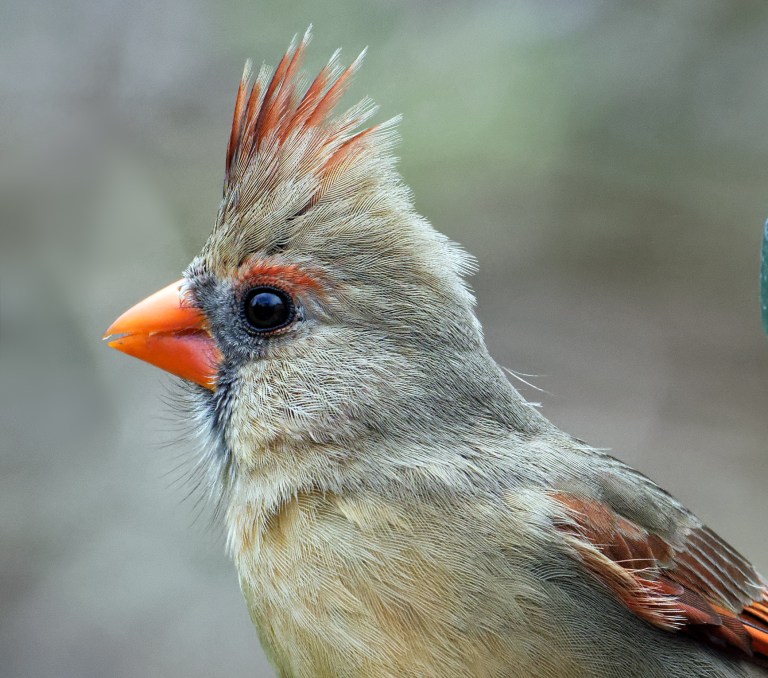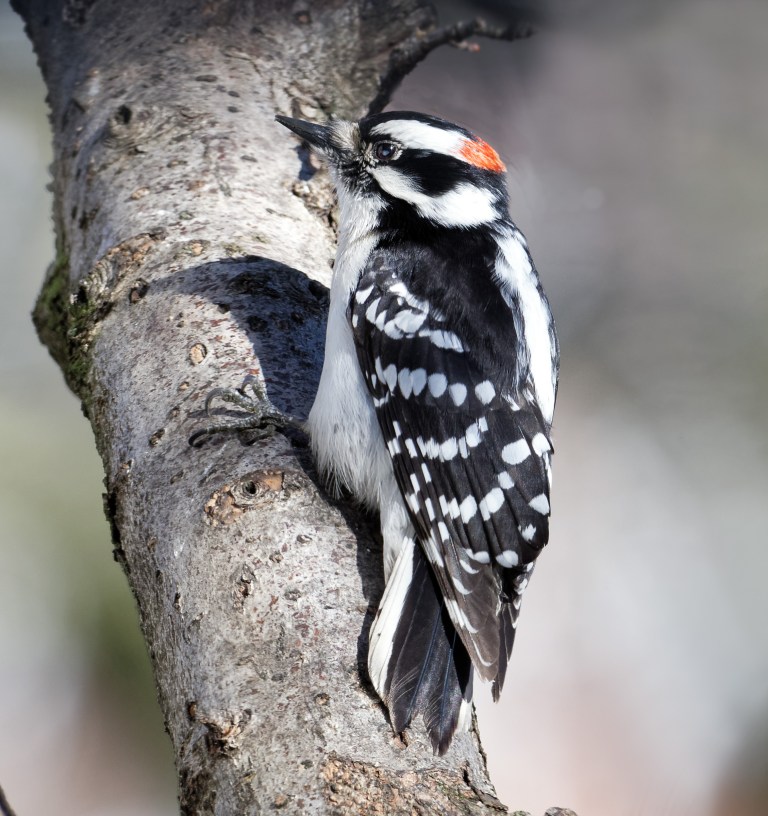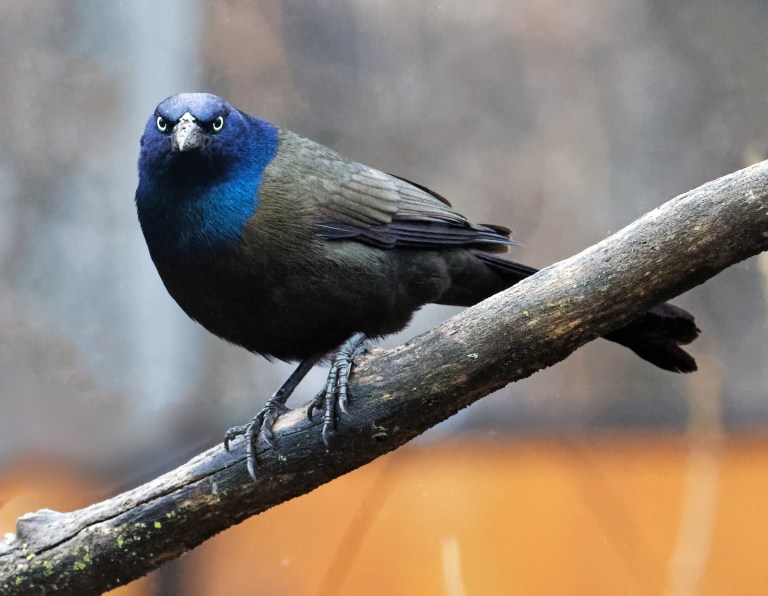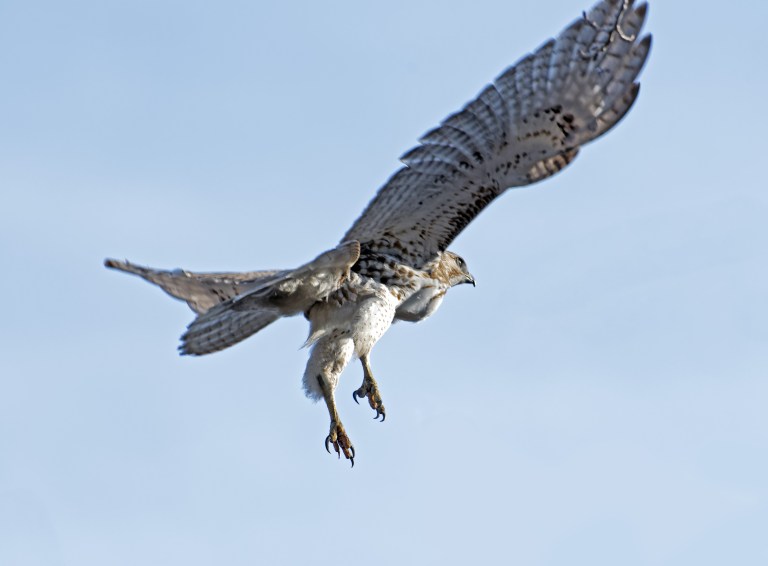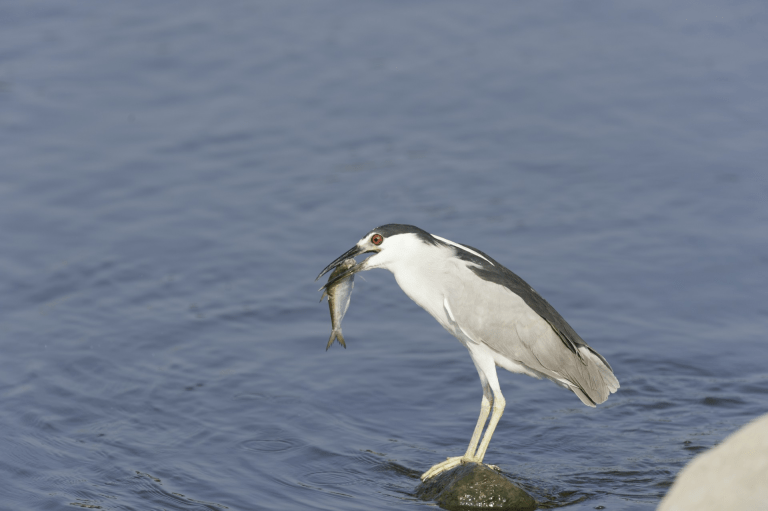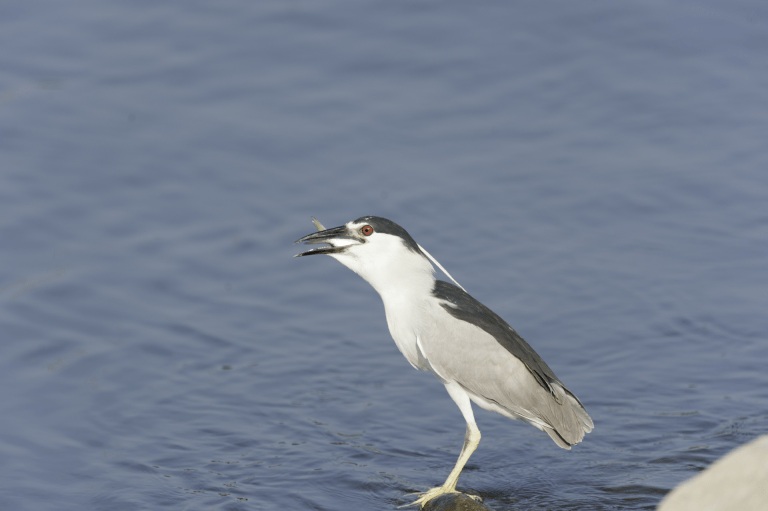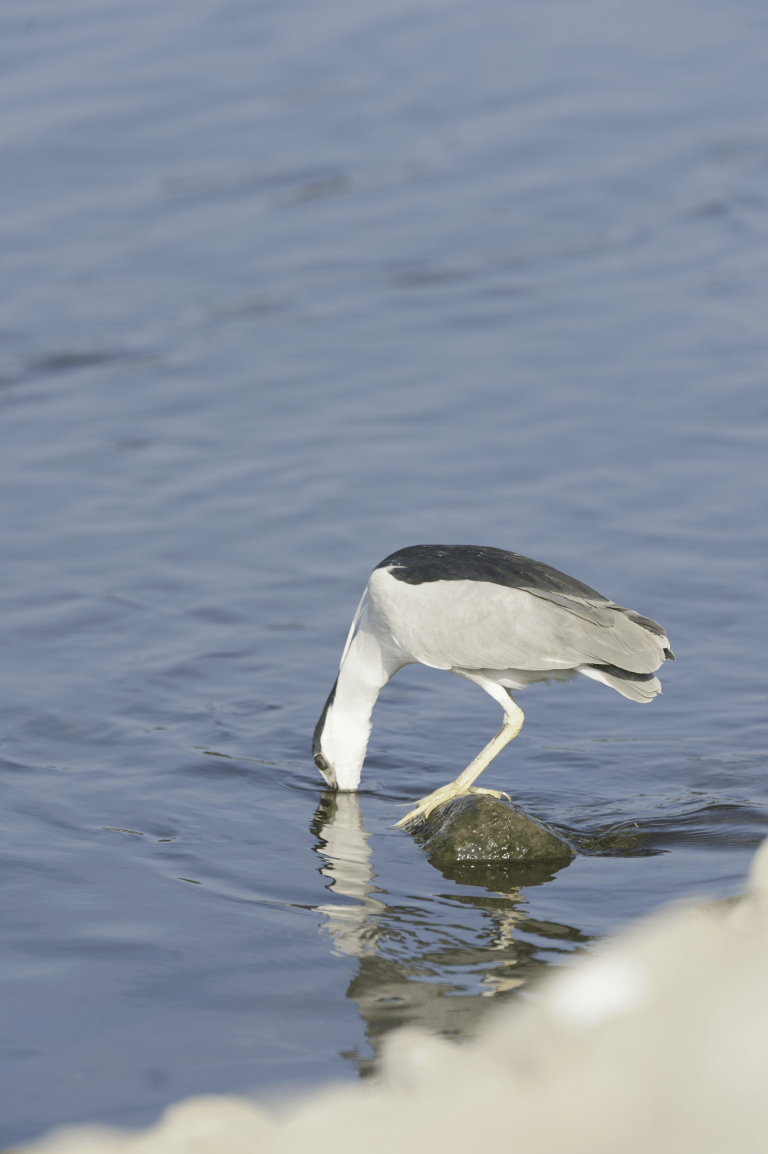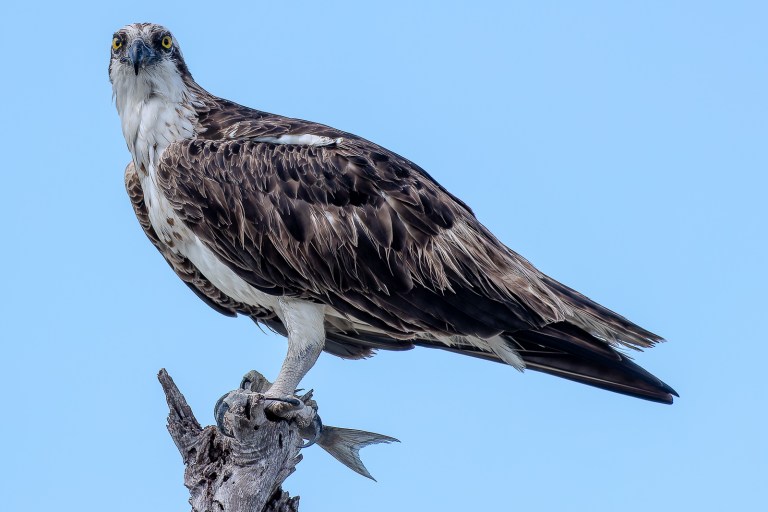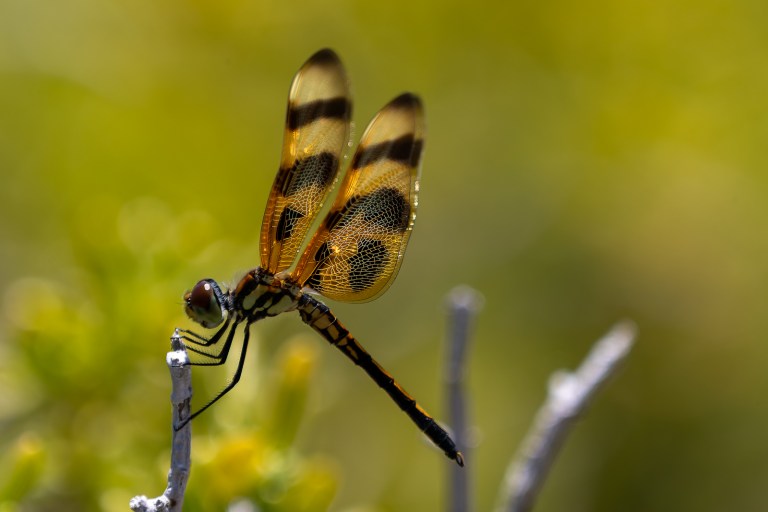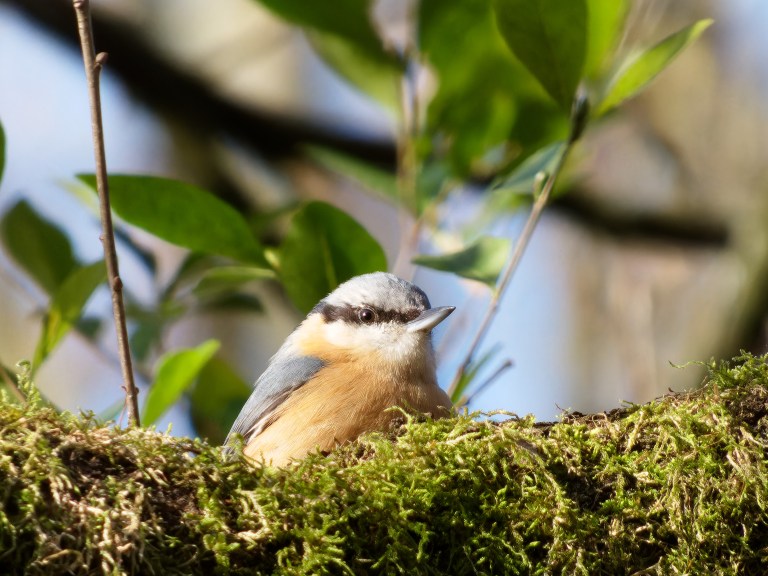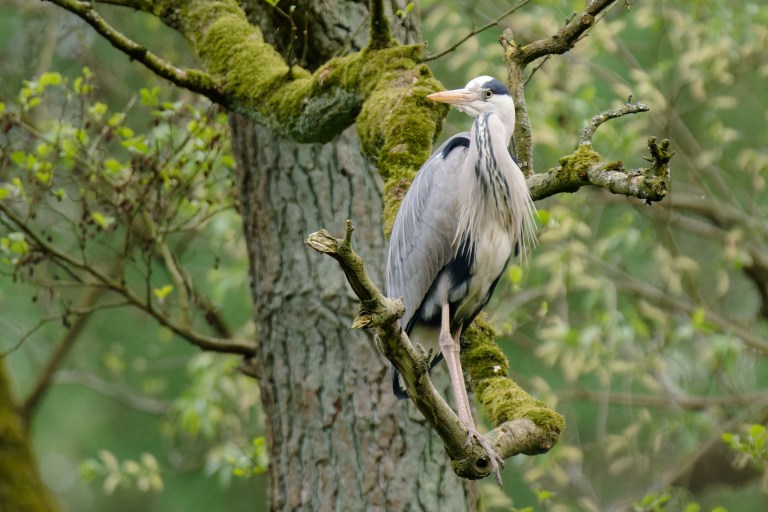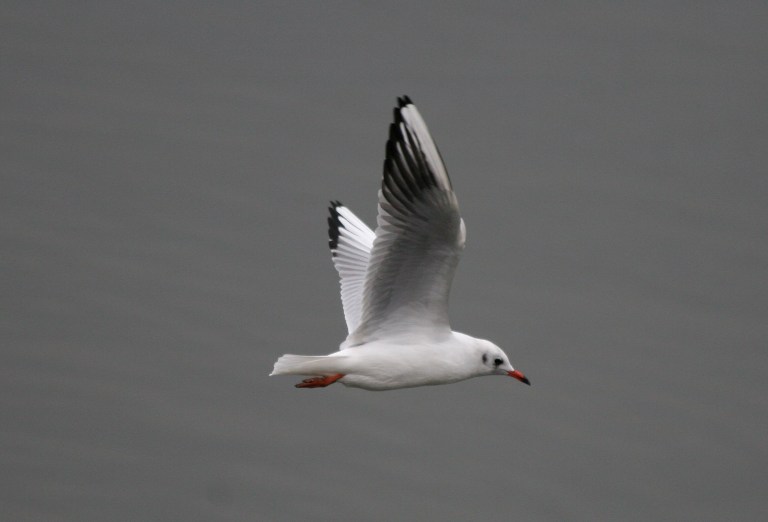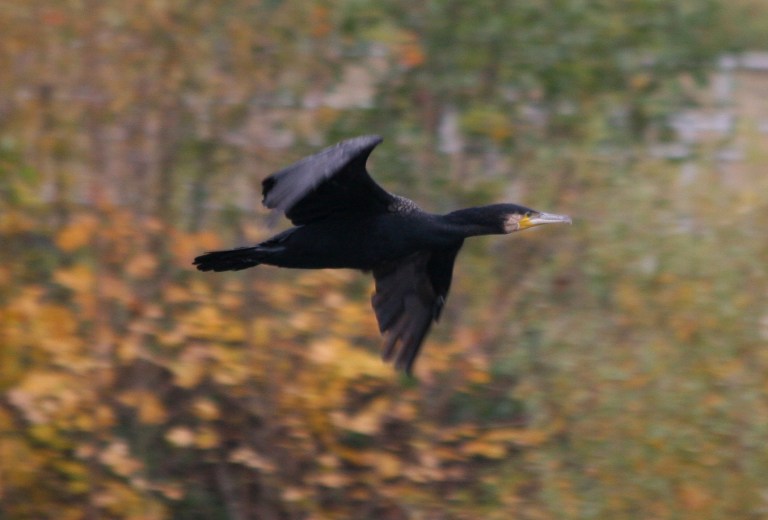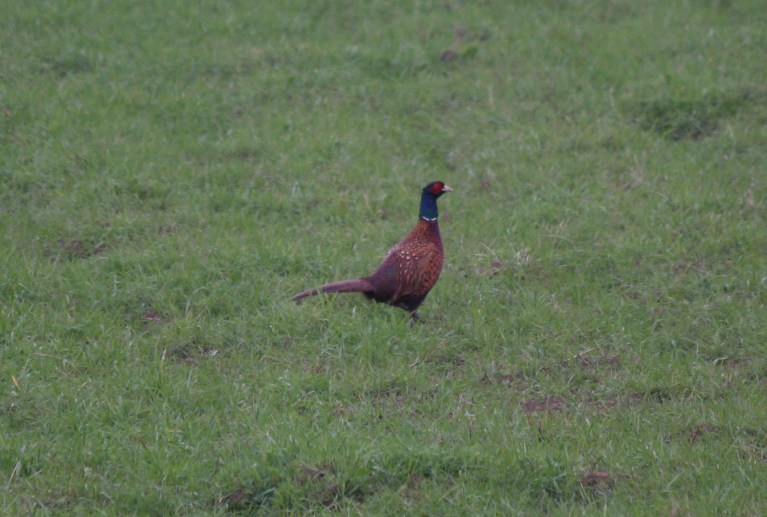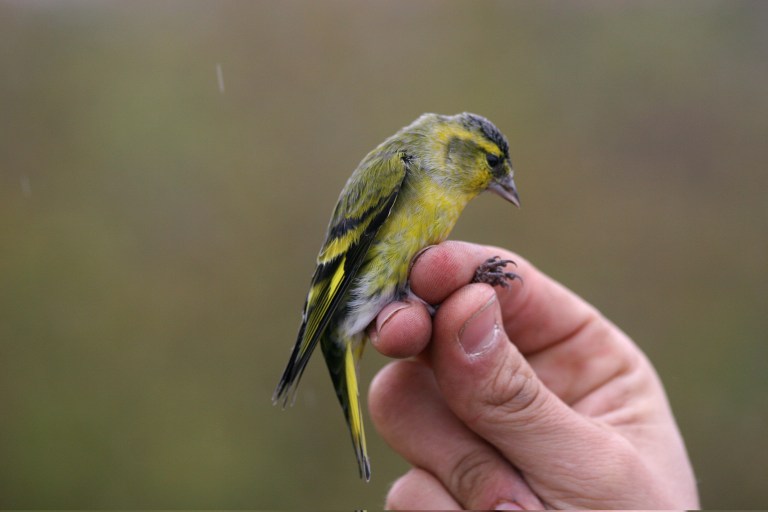Today we have some photos by Doug Hayes of Richmond, VA, famous for his “breakfast crew” series of birds. But today he recounts a birding trip to a local swamp to see egrets. Doug’s captions are indented, and you can enlarge his photos by clicking on them.
A trip to the swamp
My neighbor and I took another trip out to the Chamberlayne Swamp to see the Great Egrets (Ardea alba). The swamp is about 9 miles outside of Richmond, VA. During the daytime the egrets spread out all along the James River and surrounding counties, then gather in the swamp around sundown to roost for the night. It is mating season for the egrets, so many of the birds are displaying their long, delicate breeding plumage, or aigrettes. The birds put on quite a show, swooping into land on delicate branches and gathering in huge numbers. We arrived around 6pm and stayed until just about dark.
When we arrived, there were only two egrets around:
This solitary green heron (Butorides virescens) stayed on this perch for over an hour, drying its feathers and preening after a day’s fishing:
One of the first arrivals, staking out a spot to spend the night:
Getting photobombed by a common grackle (Quiscalus quiscula):
More egrets begin to arrive:
Even the most pecarious perch is no problem for these surprisingly graceful birds:
The early arrival is joined by a friend:
Another tricky landing:
As the sun sets, more and more birds join the flock:
Near dark, the group begins to settle in:
A smooth landing as it gets darker:
Ready for bedtime. Even though it was pretty dark at this time, I was still able to get useable images. Camera technology has really improved since film days when pushing black and white Tri-X to 1600 or 3200 was hit or miss!:
Camera info: Sony AR7V body, Sony FE 200-600 zoom lens, camera set to Auto ISO with a range of 80 to 5,000 ISO, iFootage Cobra II monopod and Neewer gimbal tripod head. Photos shot above 1,200 ISO processed for noise with Topaz Photo AI.


